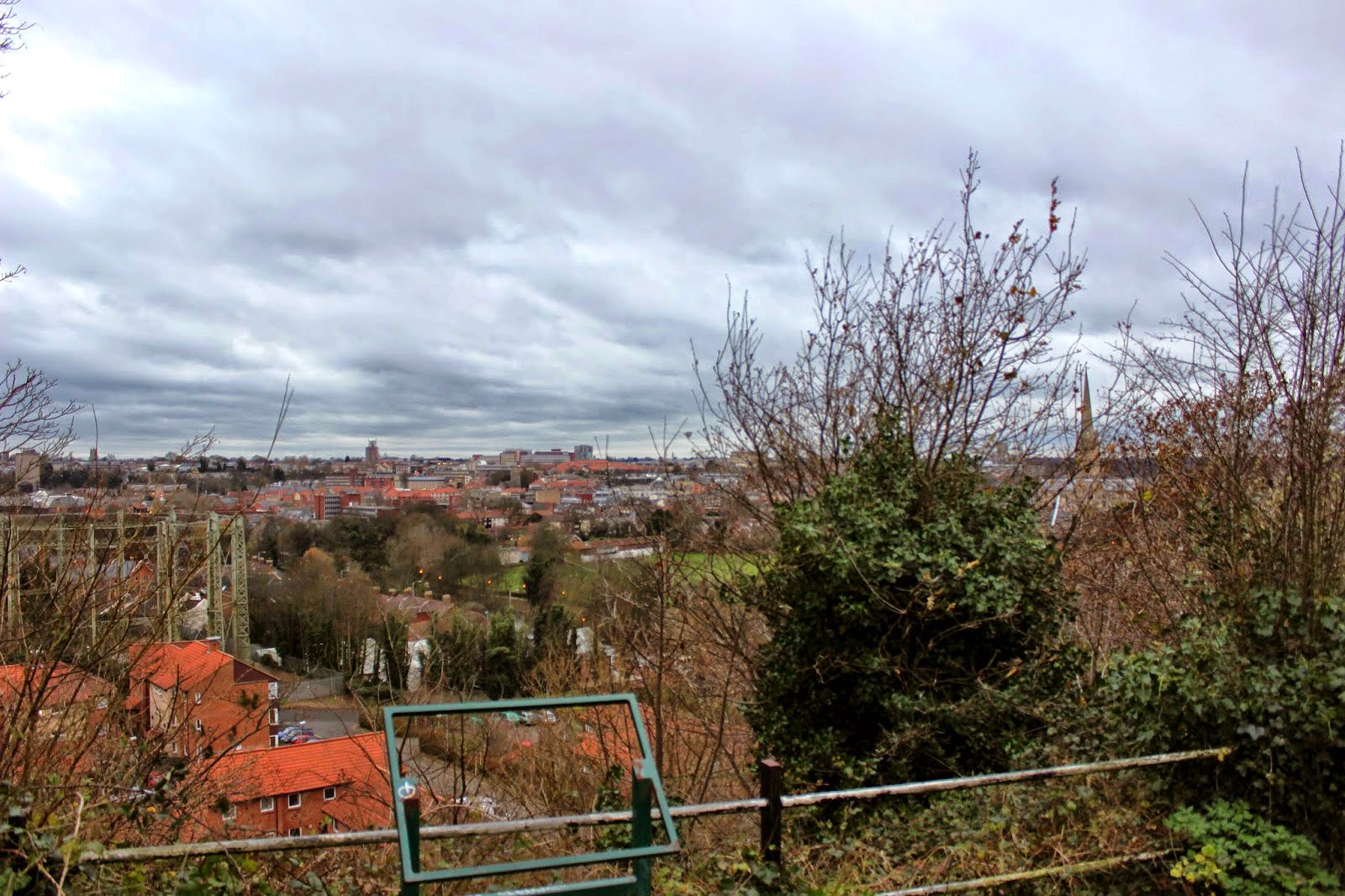For our thriller, we wanted the victim (who is female) to be dressed in a certain way that will infer innocence and youth to the audience, which in turn will enable them to make an easy connection to who is the protagonist and antagonist.
Although we want the costume to infer innocence and youth, we also want her appearance to seem as though she is grief stricken and on edge, deeply upset by her friend's horrific death. To do this, I have looked at some characters in films that have been affected by something that has caused them to appear tired and stressed.
The first film and character I have taken inspiration from, and in turn created an intertextual reference, is the 2014 horror thriller film 'the Babadook.' The subject matter of this film is largely irrelevant to my group's planning, however the sequence of events does cause the character I am focusing on, Amelia, to become nervous and exhausted, rather like what we want our character to be like. This can be achieved through the look as well as the acting, and both (I think) are equally important in this case.
(image below taken from thebabadook.com)
Amelia's facial expression in this particular still infers her being unhappy and worried, but when studying this for some time I have also gathered that she has bags under her eyes and her hair is slightly messy. This is something we could easily recreate.

The clothes she wears throughout the film are in subtle muted colours such as creams, greys, light blues and pale pinks. These plain and demure clothes are another aspect we are thinking of taking, as it creates a certain anonymity but at the same time shows the character as sweet and feminine, something we want to do. It adds to the character being a victim, and their fragile femininity and inferred innocence add to the audience perhaps feeling sympathy towards them more. We can manipulate this to add to the horror at the end of the thriller. The appearance of our female victim will help us to involve the audience and make them feel a certain way, the manipulation of this will work to our advantage and will help to affect the audience more.
Another intertextual reference that we are including in this costume is the clothes the character Hannah wears in Remember Me. The absence or subtraction of colour in her clothing could be a symbol for the lack of life in her character or her depressed state - we plan to mirror this.
I have planned a rough costume below, incorporating the muted colour palette and the plain, faded design as well as the main prop (the flowers).
As a group, we have come to the decision that we should use the flowers as a motif, and as a symbol of mourning. I think this motif would be particularly effective because they are easily identifiable to the audience, and a pivotal point in the piece is when the victim places the flowers down (and almost immediately interacts with the antagonist), which could show progression in the storyline.
We will have to experiment with make up and powders to get the pale, tired look or to enhance it further, mirroring the intertextual reference above.
 (Lucia on left and character profile below)
(Lucia on left and character profile below)
KATIE
The second victim will remain anonymous in the sense that the audience won't see her face. This adds to the audience's sense of intrigue, and won't distract them away from the main victim, Lucia.
The only way information will be revealed about her is through the non diegetic audio of news/police reports.
 Played by Kate
Played by Kate



.jpg)


















